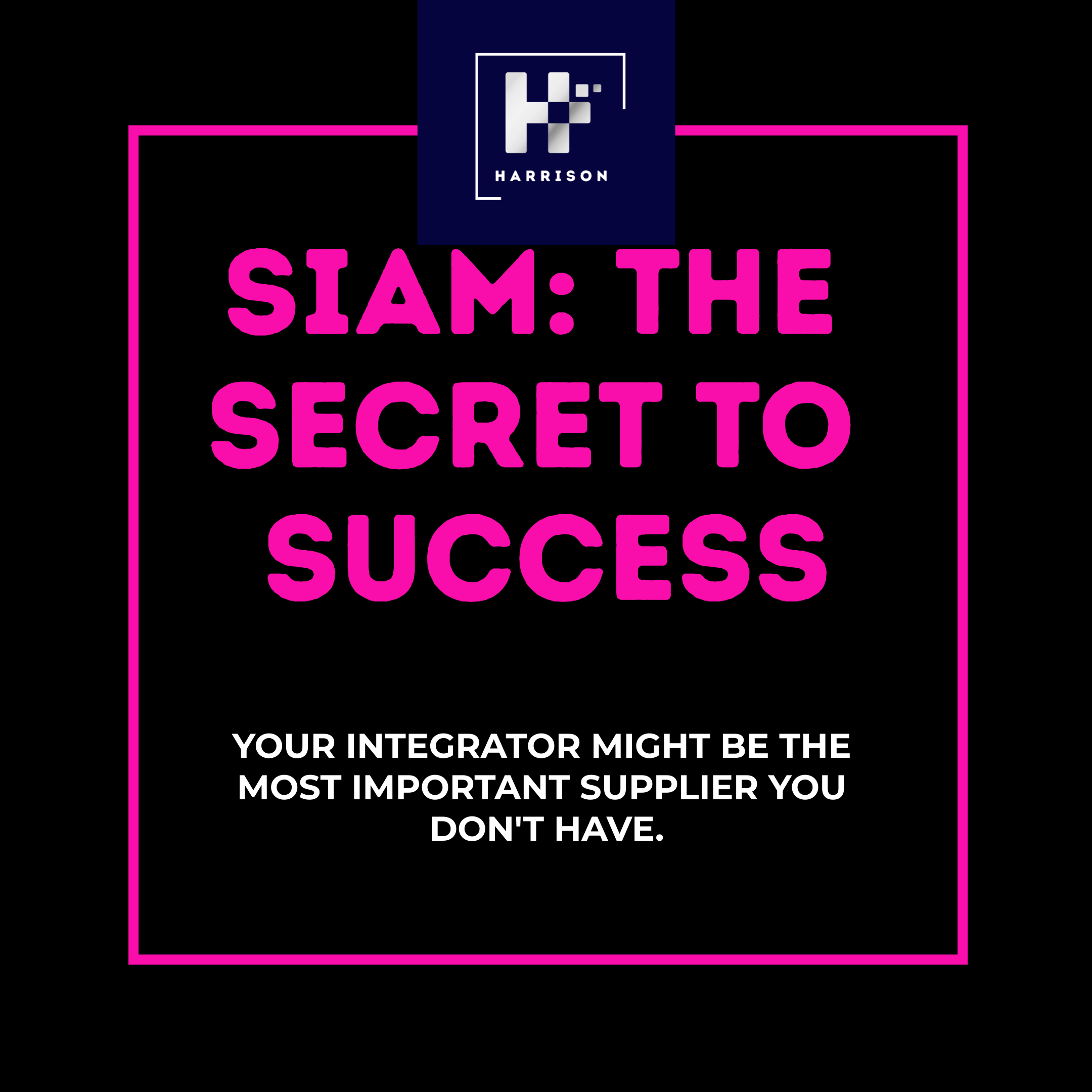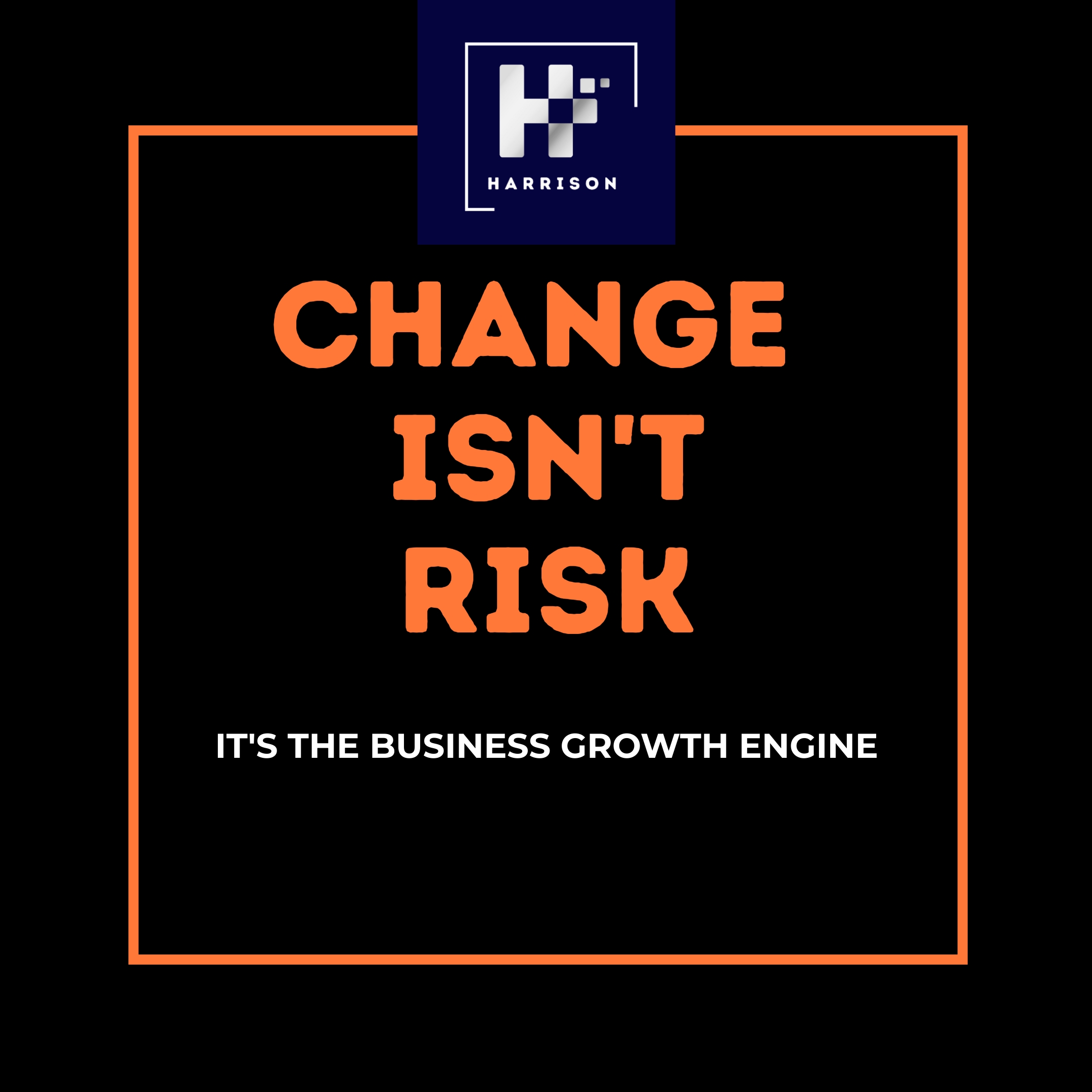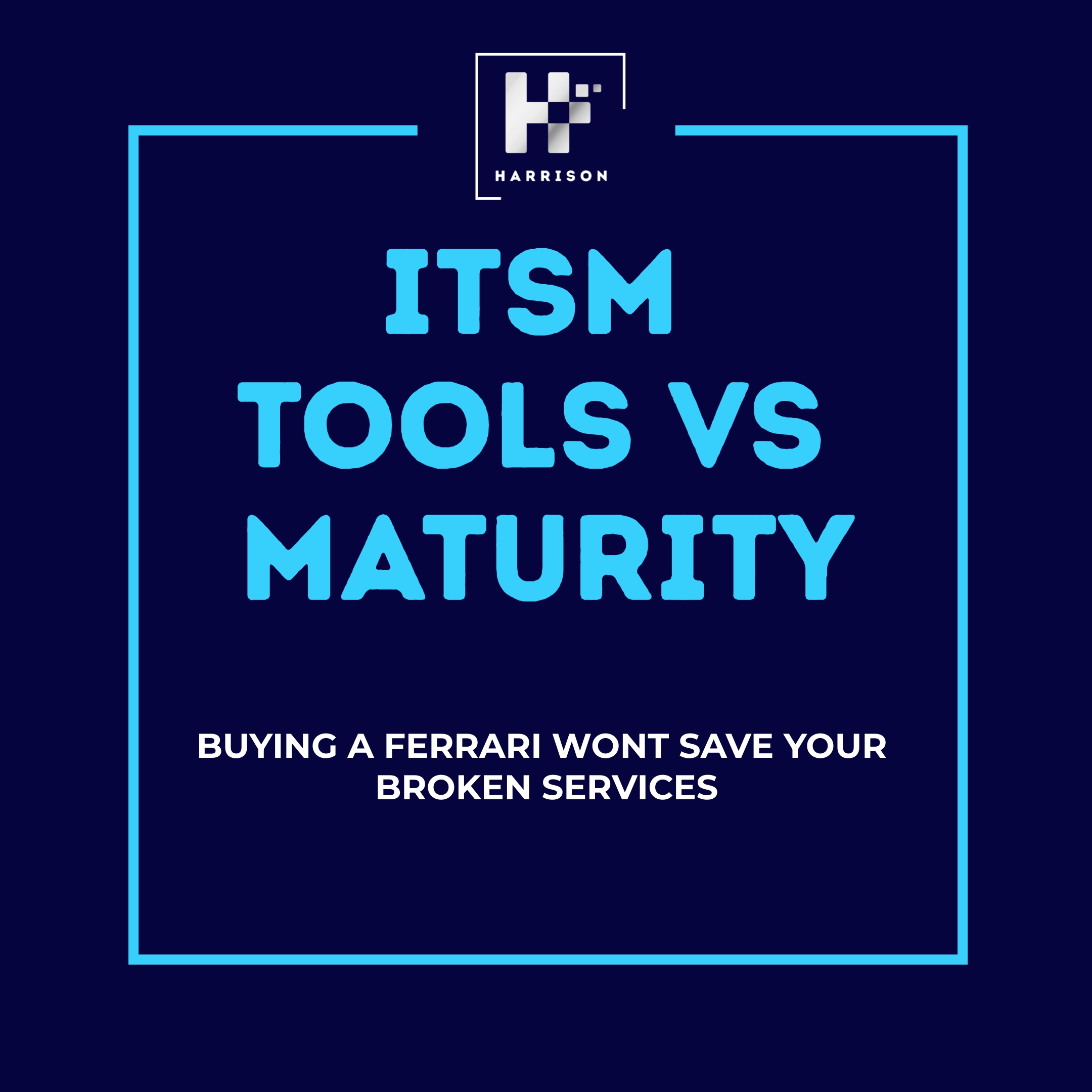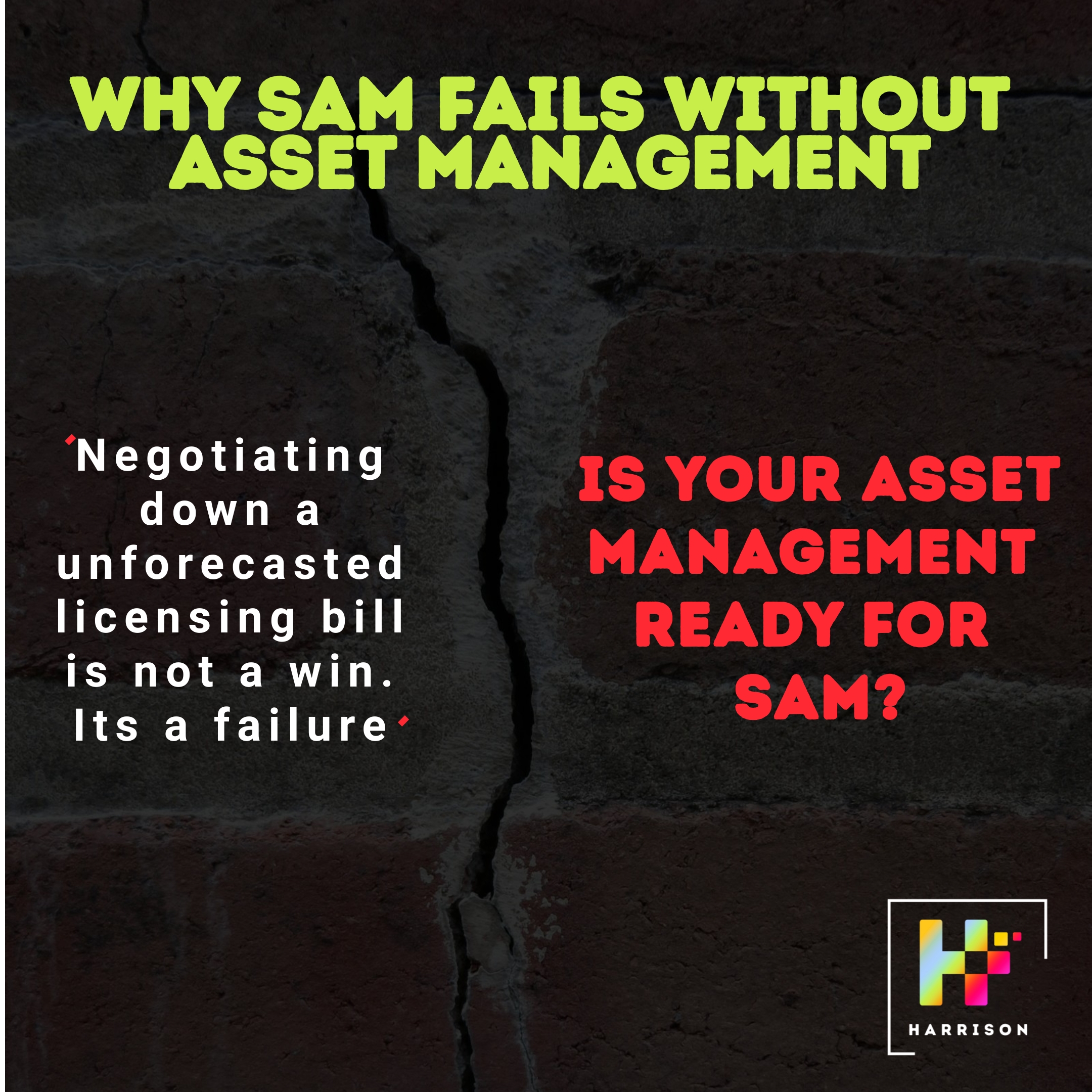The Service Desk – More Than Just a Ticketing System
ITIL Leadership Playbook Series – Week 6, Blog 1
“If your Service Desk is still a ticket machine, it’s killing trust — and your future talent pipeline. And your CIO dashboard won’t show it until it’s too late.”
🔍 The Problem: The Service Desk Has Been Left Behind
We’ve modernised infrastructure. We’ve shifted to agile. We’ve moved to the cloud.
But the Service Desk?
Still stuck in the dark ages — operating like a 1990s call centre with a flashy ticketing front end.
It’s too often treated as a cost centre, a scapegoat, or a junior function — when it should be your strategic frontline.
And here’s the kicker:
Your customers (internal or external) judge your entire IT operation based on their last interaction with the Service Desk.
🚨 Why This Matters More Than Ever
Today’s employees expect Amazon-grade support:
Fast, clear, proactive, human.
They don’t care who fixes the issue — they care that someone owns it, communicates, and follows through.
CIOs can’t afford to let the Service Desk lag behind. Because if it’s broken at the front door, your whole house looks like a mess.
And it’s not just about customers — it’s also about IT talent. For many, the Service Desk is the first step on the IT career ladder. If it’s chaotic, understaffed, and unsupported, you lose your future engineers, analysts, and leaders before they even get going.
✅ The Good: The Service Desk as a Strategic Experience Engine
In mature environments, the Service Desk isn’t just operational — it’s architected for user confidence, supplier coordination, and future leadership.
Here’s what great looks like:
1. Experience-Driven, Not Just SLA-Focused
-
XLAs (Experience Level Agreements) replace or augment SLAs.
-
Success is measured by user effort, sentiment, and outcome — not just time-to-close.
-
The desk tracks satisfaction in real time and links it to changes and trends.
“You don’t build trust with a green SLA dashboard. You build it with XLAs that prove the user actually felt helped.”
2. Integrated with the Supplier Ecosystem
-
Escalations to suppliers are tracked, contractual SLAs are aligned with internal OLAs.
-
The Service Desk knows vendor support hours, breach triggers, and who owns what.
-
Supplier performance is visible — and it’s part of your experience story.
3. Smart, Contextual Support
-
Incidents are enriched with device telemetry, change history, and config data.
-
Tier 1 can fix proactively — not just escalate reactively.
-
Knowledge management is dynamic — fed by ticket trends, sentiment, and XLA feedback.
4. Major Incident Management Is Embedded
-
Clear runbooks define how and when MI is triggered — including supplier coordination.
-
Roles are rehearsed, communication is templated, and leadership cover is established.
-
The desk knows when to elevate — and to whom.
5. Talent Pipeline, Not a Turnstile
-
The Service Desk is the entry point for future IT leaders.
-
Agents are mentored, rotated, and supported with career progression plans.
-
It’s not just Tier 1 — it’s Year 1 of a leadership journey.
❌ The Bad: When the Service Desk Is a Liability
Here’s what broken looks like — and sadly, it’s still the norm:
1. Ticket Factory Thinking
-
“Log and flog” culture. Volume over value.
-
First contact is rushed, communication is minimal, and ownership is missing.
2. Siloed from Suppliers
-
Escalations happen via email and hope.
-
Supplier SLAs aren’t visible or enforceable.
-
Clock mismatches mean downtime spans handover gaps.
3. No Major Incident Protocol
-
Escalation is inconsistent — no clear MI owner or process.
-
Suppliers and internal teams act independently.
-
Communications spiral — users left in the dark.
4. Attrition and Burnout
-
The desk is seen as low-value grunt work.
-
Agents leave before they learn — or they stagnate with no path forward.
-
Knowledge walks out the door monthly.
5. No User Experience Data
-
SLAs met, but users miserable.
-
No XLAs, no sentiment data, no trending effort analysis.
-
CIO thinks it’s “green,” but the business knows it’s broken.
🧠 CIO WAR CHEST: Questions That Cut Through the Noise
Want to know if your desk is building trust or bleeding it? These questions will tell you:
1. What percentage of incidents are resolved at Tier 1 — and what’s blocking more?
-
🗣 Ask: Head of Service Desk
-
📊 Data: Tiered resolution rates, top blockers
-
✅ Look for: High Tier 1 fix rate, learning loops
2. Do you measure user experience — or just SLA compliance?
-
🗣 Ask: Head of Experience / Service Manager
-
📊 Data: XLA metrics, sentiment tracking, Net Effort Score
-
✅ Look for: Experience metrics influencing design
3. Are supplier escalations tracked — with SLA/OLA match-ups?
-
🗣 Ask: Vendor Manager
-
📊 Data: SLA breach logs, OLA alignment review
-
✅ Look for: End-to-end visibility and contract-aware routing
4. How does the desk trigger and support major incidents?
-
🗣 Ask: MI Lead
-
📊 Data: MI runbooks, last 3 MI war rooms
-
✅ Look for: Desk plays active role, not passive relay
5. What’s your attrition vs progression ratio for Service Desk staff?
-
🗣 Ask: HR and Service Leadership
-
📊 Data: Exit rates, internal mobility stats
-
✅ Look for: Steady promotion flow, not a revolving door
🧩 The Service Desk + Command & Control = IT Nirvana
Here’s where it gets really powerful: when the Service Desk is embedded in your Command and Control centre.
You go from isolated ticketing to real-time, cross-enterprise situational awareness.
-
Event Management integrates with the desk — triggering pre-emptive actions
-
Monitoring systems feed dashboards that Tier 1 sees and acts on
-
Major Incidents are coordinated centrally — no gaps, no guessing
-
Suppliers are orchestrated, not just pinged
And when XLAs are tracked across all this? You get true business insight. You see the impact, not just the incident.
🎯 Final Word: It’s Time to Elevate the Frontline
Your Service Desk isn’t a necessary evil.
It’s your user trust engine, your supplier interface, and your future talent factory.
If you ignore it, you bleed confidence, cost, and capability.
If you invest in it, you build loyalty, insight, and operational maturity.
And with XLAs, integrated supplier management, MI alignment, and talent development — you don’t just build a better Service Desk.
You build a better IT organisation.
🚀 Ready to Make It Happen?
We help CIOs redesign the Service Desk into a strategic, experience-driven command layer.
From XLAs to supplier alignment to talent enablement — we build the blueprint and help you execute it.
Follow us
Latest articles
November 1, 2025
November 1, 2025
November 1, 2025
November 1, 2025
November 1, 2025
November 1, 2025








